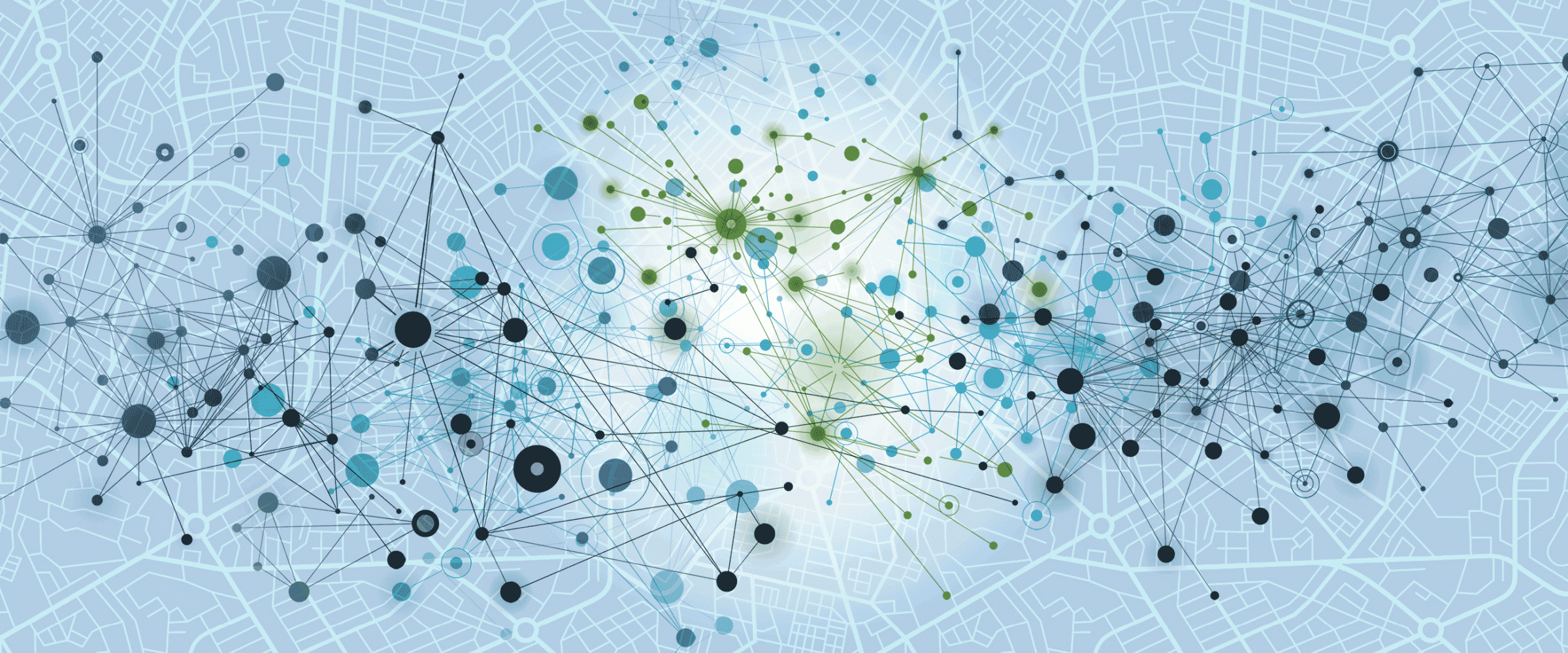Dr. Jane Macfarlane is the Director of Smart Cities Research Center, a collaboration between University of California, Berkeley's (UC Berkeley's) Institute of Transportation Studies and Berkeley Lab. The center works to improve energy-efficient mobility systems by studying mathematical models and data analytics with approaches ranging from urban-scale simulation to control theory. They work with industry and public agencies to collect and model data to develop more efficient transportation networks. The research focuses on novel approaches to modeling interdependent energy and transportation systems employing machine learning, high-performance computing, and various optimization algorithms and infrastructure control methods.
The center takes advantage of data collected by mobile devices to dramatically enhance the understanding of urban mobility. The work leverages rich geospatial data analytics and develops novel approaches to studying urban dynamics in the nexus of cyber, physical, and social systems. They produce transportation development scenarios and recommendations to practitioners and decision-makers. Research areas are grounded in the disciplines covered by master and doctorate programs in civil, systems, urban planning, and transportation engineering.
Projects:
Mobiliti: Scalable Transportation Simulation Using High-Performance Computing. Mobiliti is a software tool that accurately simulates the San Francisco Bay Area population's movement through its road networks and estimates associated congestion, energy usage, and productivity loss. (See article: Mobiliti: A Game Changer for Analyzing Traffic Congestion.) Mobiliti is a proof-of-concept, scalable transportation system simulator that implements parallel discrete event simulation on high-performance computers. It uses diffusion convolutional neural networks with infrastructure sensors (inductive loops in the highway) to predict traffic dynamics. More than 11,000 sensors are being used to simultaneously predict speeds and flows for one hour into the future. The researchers plan to use the same machine learning model to determine if mobile device data could be used as the input to reduce reliance on embedded sensors. They are using Berkeley Lab's Cori supercomputer to simulate metropolitan-scale areas in reasonable compute times (minutes versus days).
They have also introduced optimization algorithms to provide dynamic traffic assignment at scale. The goal is to use this capability to create synthetic data (large-scale speed and congestion profiles across the entire road network) for a variety of conditions and then use machine learning to represent the fundamental constraints and dynamics introduced by the characteristics of the road network. They hope to engage the transportation community in the design of next-generation active congestion control strategies.
The simulation capability includes a data-driven energy estimation that uses machine learning to estimate energy consumed on the network from mobile device data. With this, they can compare active congestion control strategies in the context of the energy impact. HPC4Mobility: Quasi-Dynamic Traffic Assignment for Large Metropolitan Areas Connectivity enabled by telecommunications systems has introduced the opportunity to implement active control of vehicle routing across connected fleets.
The U.S. Department of Energy (DOE) sponsors Mobiliti through its Vehicle Technologies Office under the Big Data Solutions for Mobility Program, an initiative of the Energy Efficient Mobility Systems (EEMS) Program.


